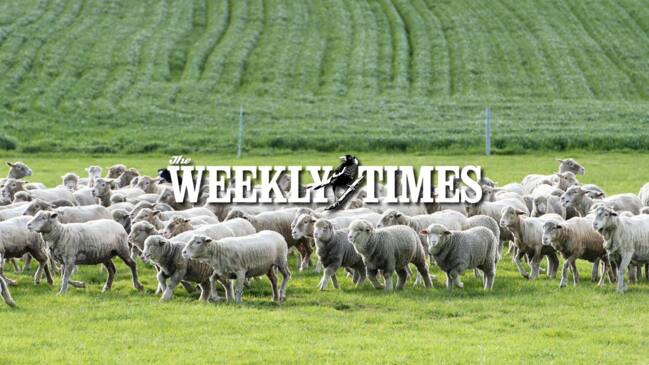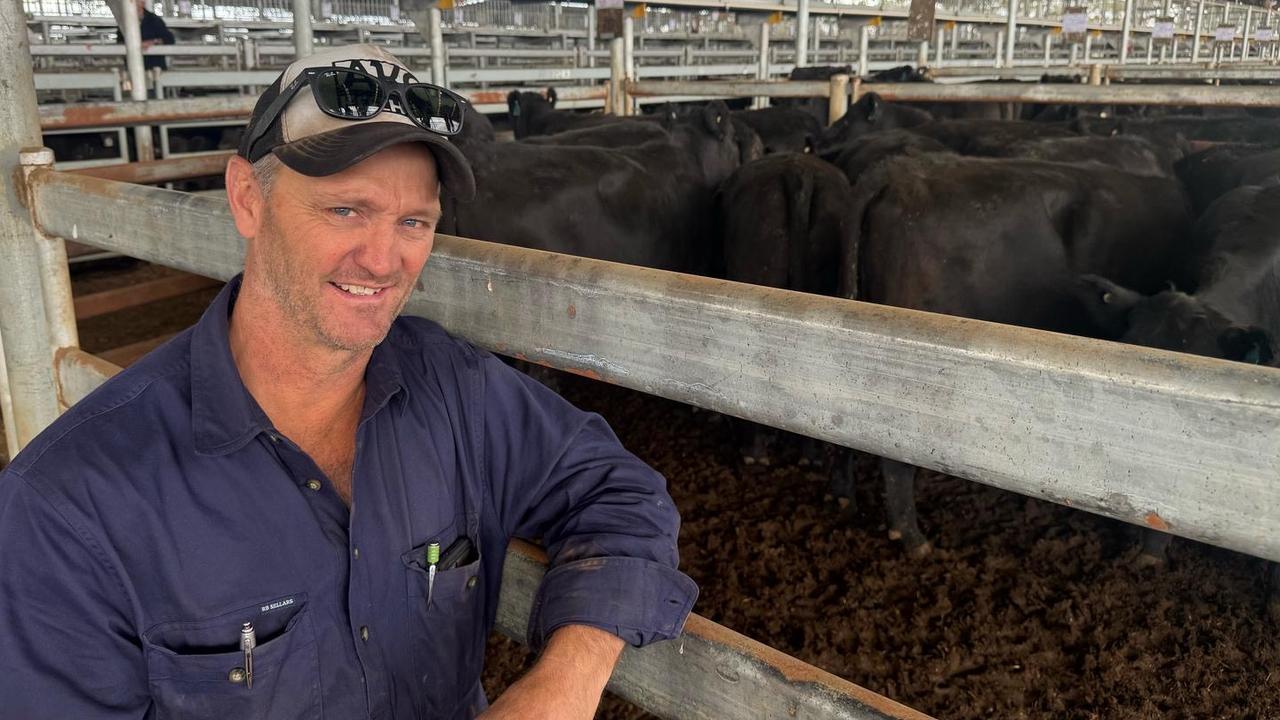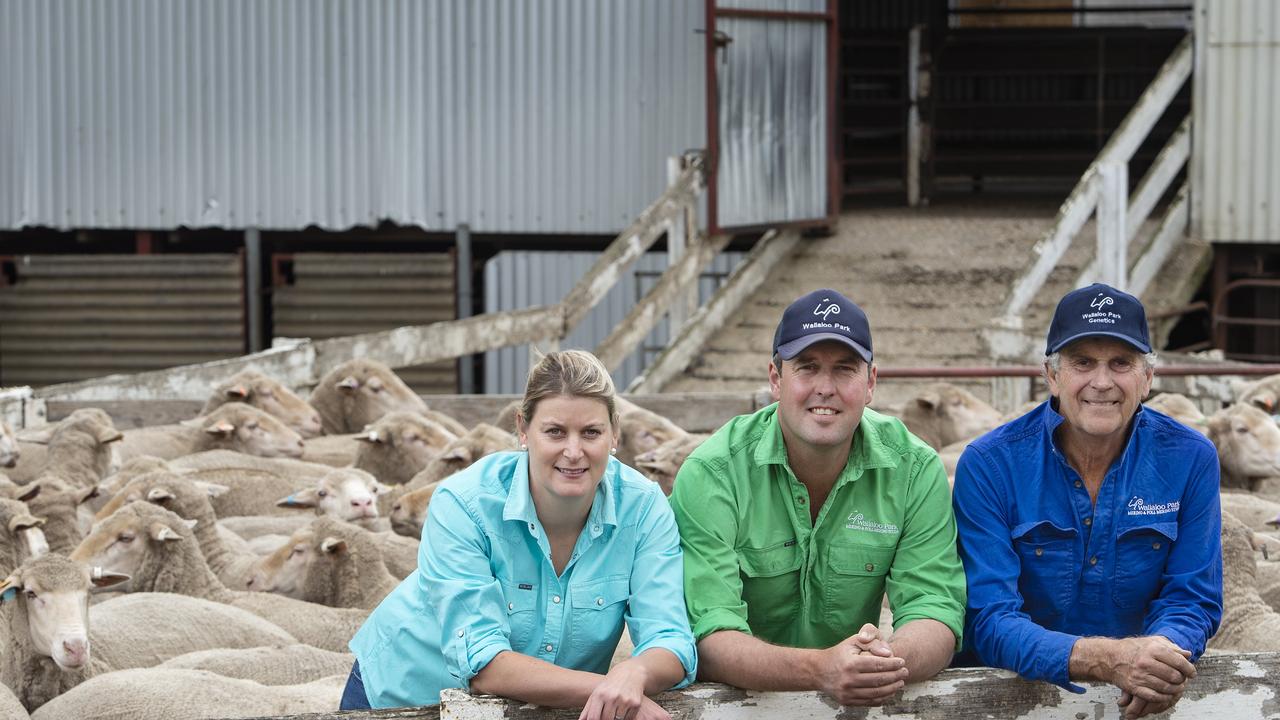Absence does not make wool market’s heart fonder
A big volume of wool was always going to test the market after a three week break. See how prices responded.

The wool market slipped dramaticallythis week with some Merino lines up to 99c/kg cheaper as a raft of factors affected rates.
Big offerings, international unrest, biosecurity fears and currency movements combined to erode confidence and prices.
The benchmark Eastern Market Indicator fell 45c/kg to close the week at 1342c/kg.
At Melbourne sales, individual indicators fell anywhere from 49-99c/kg. The biggest fall was for 21-microns, which was down 99c/kg to close at 1304c/kg while 17-micron was back 88c/kg to close at 2663c/kg.
The only two indicators to rise were 30-micron, which was up 17c/kg and 32-micron, up 21c/kg.
And while the pass-in rate was less than some expected at 22 per cent, about 7 per cent of the offering was withdrawn before sale.
Nurtrien Livestock Solutions’ Ron Rutledge said the pass-in rate could have been even higher if reserves had not been lowered before the sale started.
“No one wants a big backlog of wool and some people just want to take their money now,” he said.
Moses and Son managing director Marty Moses said there were a number of challenges faced by the market this week.
“The major one (challenge) was the large offering after the recess, which placed undue pressure,” Mr Moses said.
“This is in the control of the buyers and sellers however for whatever reason, we cannot agree to implement a solution.
“A low 77.6 per cent of the 55,363 bales cleared to the trade while 7 per cent of the offering was withdrawn before the sale commenced.”
Mr Moses said some factors were out of the market’s control though, including the Australian dollar, which was three cents higher than before the market went in recess.
There were also biosecurity fears following the foot and mouth disease outbreak in Bali and escalating concerns of increased military activity by China in Taiwan, which Mr Moses said would affect more than 50 per cent of the world’s container ships and 88 per cent of the world’s largest ships by tonnage.
Australian Wool Innovation analysis said the new season of Australian wool auctions was “all about currency and volumes”.
But there were some trends that were different to recent years particularly around supply.
“What was of some concern for buyers and exporters on the supply side though was the fact that August is typically a difficult trading and buying month,” an AWI spokesman said.
“The first three weeks this season had forecast an offering of just short of 150,000 bales compared to the 110,000 bales of last year.”




